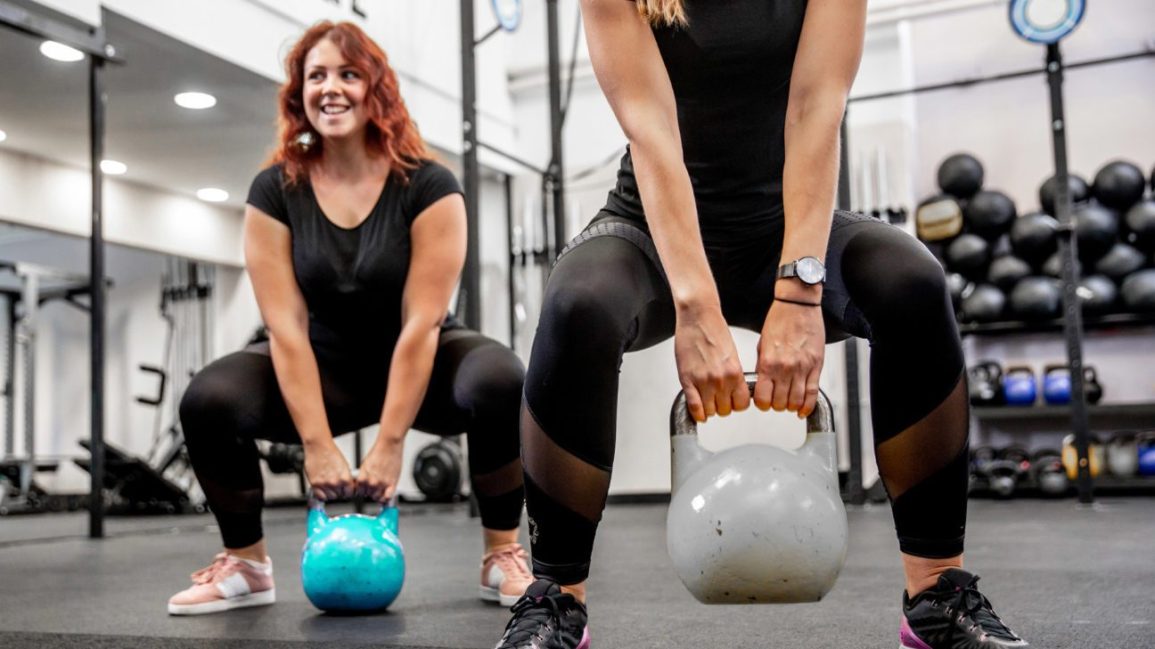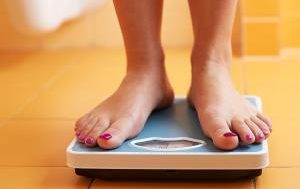
- A new study finds that young, healthy women who lose weight aren’t likely improving their fitness.
- Women who have a moderate weight may increase their risk for health conditions if they try to lose weight or become underweight.
- Being underweight can increase the risk of osteoporosis, fatigue, and extended recovery times.
New research finds reducing calorie intake may do more harm than good for younger women already at a moderate weight who are exercising to improve fitness.
“There is a common preoccupation among athletes in endurance sports that weight loss might improve their competitive performance; however, data on the topic has been mixed, based on small numbers and focused on men,” said Dr. J. Sawalla Guseh, co-senior study author, in a statement.
The study will be presented this week at the American Heart Association’s virtual Basic Cardiovascular Sciences 2020 Scientific Sessions, a global exchange of the most recent advances in basic cardiovascular science.
“I tend to agree with this,” Wendy Shafranski, owner and coach at Vero Strength + Conditioning in Vero Beach, Florida, and co-founder of Structure Training Systems, told Healthline.
“If someone is a healthy weight and performing well, then I would stick to what they are doing. Each individual is different, and aesthetics don’t always correlate with performance,” she said.
Guseh and team evaluated the aerobic fitness of 805 women and more than 1,000 men ages 17 to 94 years who were patients at the Cardiovascular Performance Program at Massachusetts General Hospital in Boston between 2011 and 2019.
The participants were all tested due to suspected heart problems. They included professional athletes and nonathletes.
Aerobic fitness was measured using peak VO2, the amount of oxygen we consume when we’re exercising as hard as possible. The more oxygen a person can consume, the more aerobically fit they are.
Women whose VO2 was at least 20 percent over what was predicted for their height, weight, and sex were considered “highly fit.”
According to study findings, aerobic fitness declined steadily with increases in body mass index (BMI) among men of all ages and women over age 30 — but this didn’t hold true for younger women.
Highly fit women under 30 had an average BMI of 23.2, the upper range of the World Health Organization’s
“Weight loss isn’t always an indicator that someone is becoming healthier or fitter, and the number on the scale shouldn’t be used as a measure of progress,” said Samantha DeCaro, PsyD, assistant clinical director at The Renfrew Center, a national network of eating disorders treatment centers for adult women and teenage girls.
“Weight loss is simply a side effect that can result from both unhealthy and healthy behaviors. Simply put, you can’t equate wellness with weight,” she said.
Dr. Ruby Jain Shah, internist at Texas Health Presbyterian Hospital Plano and founder of Vitality Weight Loss and Wellness, explained, “If you’re normal weight, there are several concerns with undereating and trying to become more fit.”
She says these include:
- loss of muscle tissue
- fatigue
- delayed recovery from injuries
“Undereating while trying to become fit for a normal weight individual is usually counterproductive,” Shah said.
However, if you’re overweight and trying to become more fit, “it’s best to first be in a calorie deficit to lose weight, then focus on exercise,” she said.
“In the short term, underfueling leads to a decrease in performance, such as less power, decreased coordination, earlier fatigue,” confirmed Dr. Elizabeth Barchi, primary care sports medicine specialist at NYU Langone Sports Health.
“Long-term underfueling leads to a condition known as relative energy deficiency in sport (RED-S),” she said.
Barchi says RED-S affects most body systems but is well known for leading to amenorrhea (missed menstrual cycles) in women, decreases in bone density, and increased risk of stress fractures.
“RED-S can impact a female athlete’s ability to become pregnant and sustain a healthy pregnancy,” Barchi said.
“For most adults, the optimal BMI range is 18 to 24.9,” Shah said.
She points out that a BMI under 18 is associated with health risks, like an increased risk of infections, nutrient deficiencies, osteoporosis, fatigue, and even hair loss, especially in women.
“The risk of osteoporosis and being underweight is confounded in women, since women are more likely to have osteoporosis,” Shah said.
“Ethnic differences matter too,” she added.
According to Shah, studies show people of Asian descent have higher weight-related disease risks at lower BMIs, and this has led some groups to set lower cutoff points for BMI among Asian people.
“For example, China and Japan define overweight as a BMI of 24 or higher and obesity a BMI of 28 or higher,” she said.
“Given the risks that can come with weight loss in athletes, and given that there are many other variables an athlete can adjust to maximize performance — such as training intensity, training frequency, skill acquisition, competition strategy, sleep and nutrition — we advocate that BMI and weight as targets should be de-emphasized for young adult women,” concluded Guseh in a statement.
For women younger than 30 years old and at a moderate weight, trying to improve their fitness by exercising and reducing calorie intake may be counterproductive — and even negatively affect their health.
Experts say this can lead to a condition called relative energy deficiency in sport (RED-S), which can lead to osteoporosis, hair loss, and infertility.
They also say that these risks indicate BMI and weight targets should be de-emphasized for younger women.


